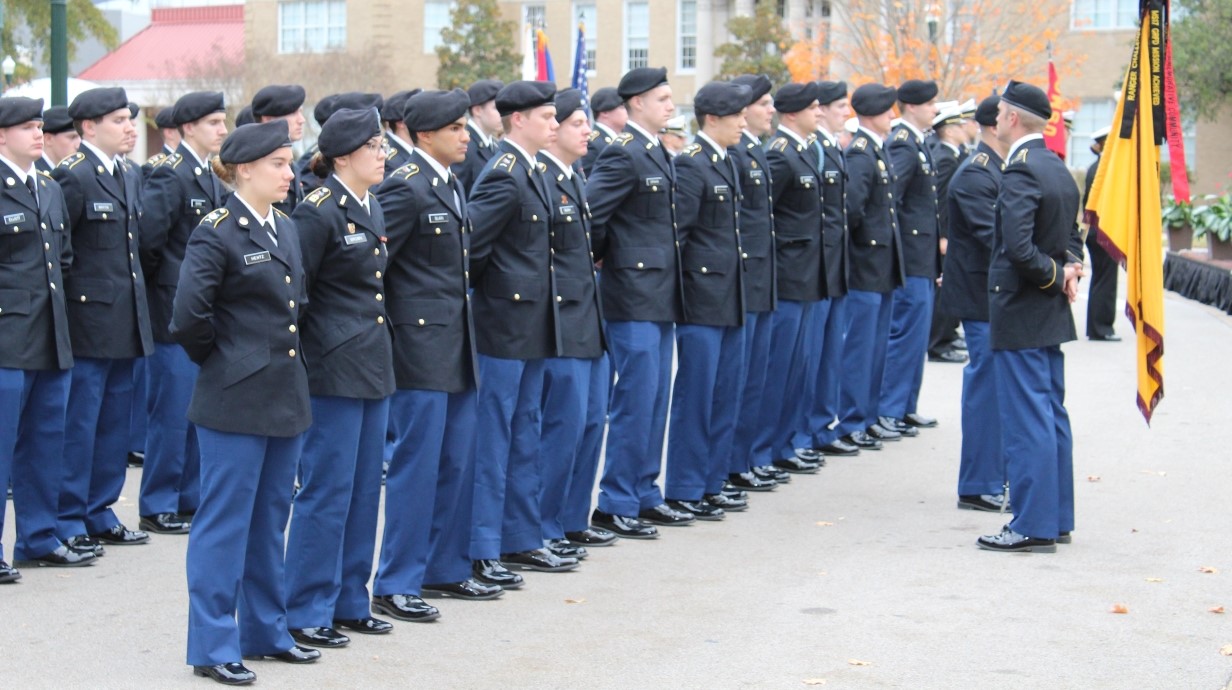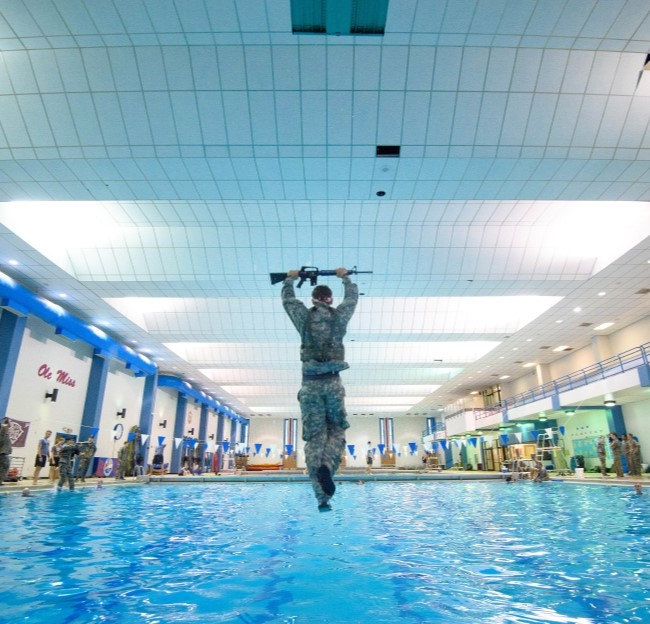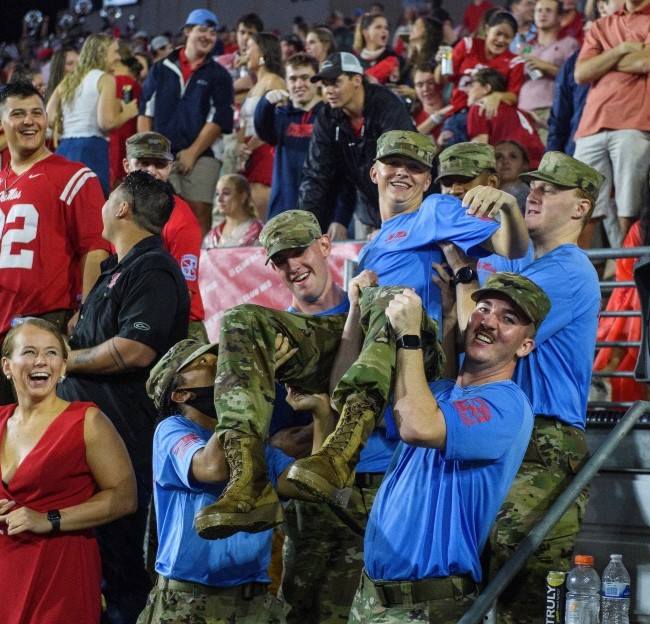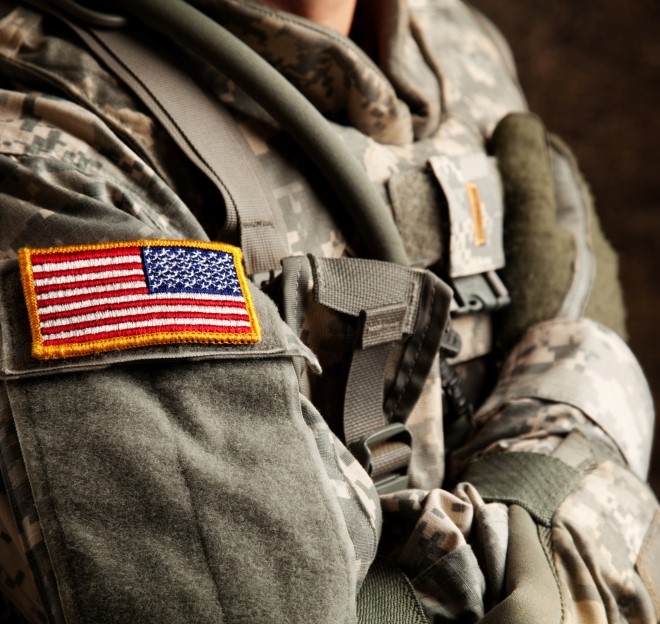Academics and Offerings in Military Science
Training the Military Leaders of Tomorrow

Training and Curriculum
It’s Not For Everyone — Just the Leaders of Tomorrow
The specific education you receive in Army ROTC will include leadership development, military skills, self management, and a wide variety of other skillsets that will improve your ability to serve as an office in the United States Army. This will take place both in the classroom and in the field, but you will have a normal daily schedule like all college students.
See the requirements for the academic Minor in Military Science and Leadership in the catalog. Army ROTC is comprised of two phases: Basic Course and Advanced Course.
Army ROTC Basic Course
- Roles and Origins of the Army
- Army Customs and Traditions
- Branches of the Army
- Military Operations and Tactics
- Role of the Officer and Noncommissioned Officer
- Communications
- Code of Conduct
- First Aid
- Principles of War
- Military Operations and Tactics
Army ROTC Advanced Course
- Command and Staff Functions
- Nuclear, Biochemical and Chemical Warfare
- Law of War
- Weapons
- Human Behavior
- Math Reasoning
- Computer Science
- Military Operations and Tactics
- Military Justice
- Intelligence and Electronic Warfare
- Army Personnel Management
- Army Logistics
- Post and Installation Support
- Military Operations and Tactics

Scholarships
We have some scholarship outstanding opportunities and benefits for qualified young men and women interested in obtaining their commission in Army ROTC.

Events and Activities
In Army ROTC, it’s not all classroom and field training. There are many opportunities for you to get to know your fellow cadets better and increase your skills in a variety of areas. Learn more about these events and activities.

Insignia, Creeds, and Songs
Learn about the traditions and the history of the Ole Miss Army ROTC program. There are songs and creeds as well as the University of Mississippi Distinctive Unit Insignia (DUI).

Army Careers
See the choices of Army Branch Orientations with the variety of career opportunities within the categories of Aviation and Aerial Defense, Ground Forces, Mechanics and Engineering, Science and Medicine, Signal and Intelligence, and Support and Logistics.
